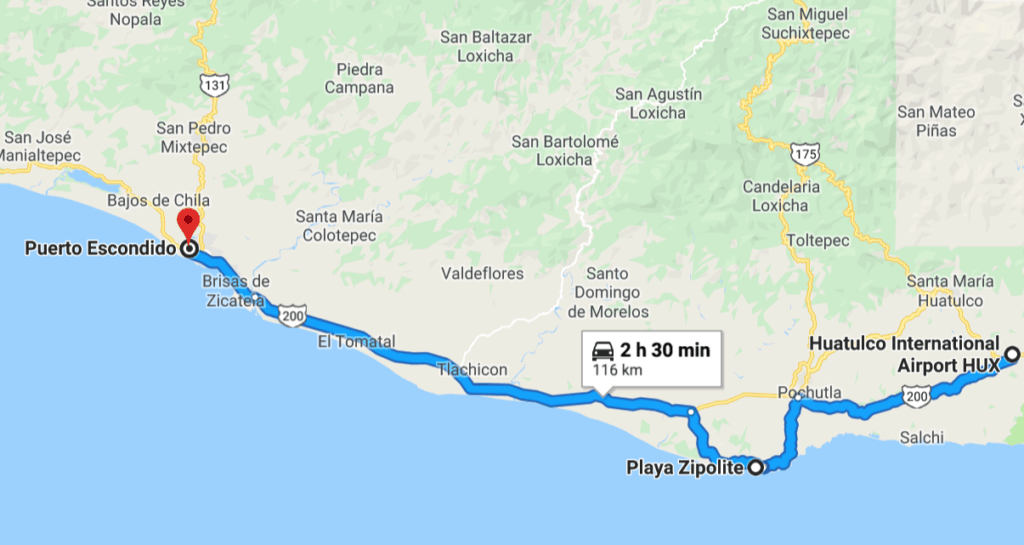
|
Airline Industry Jargon:
17 Terms Every Flyer Should Know
Ricky Radka
Sr. Content & Deal Strategist
Sr. Content & Deal Strategist
When it comes to the
airline industry, it seems like they’ve gone and created a language of their
own. Filled with slang and acronyms, overhearing an airline employee will make
you want to open up a translation app on your phone. And when they do decide on
a word, the spelling may throw you for a loop. Is it, roundtrip, round trip, or
round-trip? We’ve seen it every way possible. Also, for the record, it’s
nonstop not non-stop or non stop, as non is a prefix.
Everyday Airline
Lingo Explained
While the list of
industry and insider jargon is extensive, I’ve taken some of the more popular
and misunderstood terms into account to break down their meanings. While many
you’ve heard before, you might find out that you’ve been misusing them all
along. Here’s a rundown of some common phrases and idioms that every frequent
flyer should be aware of.
Direct Flight
This is one of the
most misunderstood words in the industry among flyers. A direct flight is not a
nonstop flight. Commonly confused, a direct flight may contain a stop(s) along
the way to the final destination to on or offload passengers. The key here is
that a direct flight does not change its flight number despite touching down
between two points. Therefore, it’s considered one continuous trip. Direct
flights are less frequent nowadays with better fuel efficiency on most
aircraft, however, a handful of airlines are still marketing flights as direct,
especially Southwest.
Open-Jaw
An open-jaw itinerary
or open-jaw flight is a roundtrip ticket in which the origin or destination
airport is not the same in both directions. As an example, a roundtrip ticket
on a fare from Atlanta (ATL) to Los Angeles (LAX) with
the return portion from San Diego (SAN) to Atlanta (ATL). This
itinerary would be considered an open-jaw as the ticket is arriving and
departing from two different Californian airports. Open-jaws are generally
booked so that a flyer can explore and travel between two destinations without
having to backtrack to the arrival airport.
ETOPS
ETOPS is an acronym in
the aviation industry for Extended Operations, or technically “extended-range
twin-engine operational performance standards." So what does that actually
mean? It is the range that airplanes may operate where there are no nearby
airports or landing areas. ETOPS leveled certifications are administered to
specific models of aircraft that allow them to service long-range routes with a
buffer area and time frame to land safely in case of an engine failure.
IFE
IFE is the acronym for
In-Flight Entertainment. The term is mostly synonymous with the seat back video
monitors on airplanes, but it also includes music channels, wi-fi, moving maps,
and maybe even the Southwest flight attendant’s stand-up comedy routine you
might be subjected to.
Red-Eye
Probably the most
well-known phrase on the list, a red-eye is a flight that departs at nighttime
and is scheduled to arrive the following morning. Generally, flights are
red-eyes when they travel from West to East and the time zone changes don’t
allow for a full night’s rest. This leaves some passengers semi-exhausted with
the namesake pair of puffy red-eyes.
Record Locator/PNR
Nope, a record locator
isn’t a hipster looking for some vinyl at the nearby Goodwill. It’s the
alphanumeric codes that are six characters long, created when an airline
reservation is made. Often used in conjunction with a PNR (Passenger Name
Record), these two terms are what the airlines use to store travelers’
itineraries, names, and flight information into their reservation databases.
The codes often look like this: XT4D32, and are displayed on confirmation
emails and usually on your boarding pass.
Pitch
Pitch is the term used
to define the legroom between two airline seats. Measured by the distance from
the back of one airplane seat to the seat in front of it, seat pitch is
generally measured in inches. On U.S. based airlines seat pitch can vary from a
measly 28 to a generous 33 inches of pitch. To find out who offers the most
real estate for your legs in economy, click here.
Fifth Freedom
Fifth Freedom refers
to the airline right that allows a carrier to fly between two separate foreign
countries, as long as the flight originates or terminates in the carrier’s home
country. As an example, Emirates operates a flight from New York (JFK) to Dubai (DXB) that
heads eastward with a brief stop in Milan (MXP). With fifth
freedom rights, a passenger can fly only the New York to Milan segment of that
service without the need to fly onward to Dubai. To find out a list of
available fifth freedom flights and how they can benefit you look here.
IROP
The abbreviation for
Irregular Operations, IROP is industry speak for when a flight schedule is
disrupted. IROP includes flight delays and cancellations due to weather,
"acts of God," aircraft service, equipment change, or for crew rest.
Either way, if you overhear IROP at the airport, odds are you’re not getting to
your destination on time.
Deadhead
Beyond being a Jerry
Garcia fan, a deadhead in the aviation industry refers to an off-duty employee
of an airline traveling in a passenger seat. Deadheading is commonly used for
an airline to transport its crew to another city so they can be positioned for
work assignment at another destination.
Non-Rev
Not to be confused
with deadheading, a non-rev (non-revenue) passenger is an airline employee or
their certified friends and family flying on a deeply discounted airline
ticket. These flights are generally on a standby basis and for personal travel
needs, non-work-related. Non-rev tickets generate no income for the airline and
are subject to availability.
Legacy Carrier
By definition, a
legacy carrier is an airline with an established route network before the
Airline Deregulation Act of 1978. But the term is more commonly used regarding
a carrier that provides a higher quality of service than that of a low-cost carrier.
However, the lines are blurring now as traditional legacy carriers mimic
business models set out by rival low-cost companies. Delta, United, and American are often
cited as the big three legacy carriers, but Alaska and Hawaiian are also
categorized as legacy.
ULCC
ULCC is the acronym
for Ultra-Low-Cost-Carrier. ULCCs like Spirit, Allegiant, and Frontier Airlines rely
on a business model that offer rock-bottom fare prices alongside a greater
number of ancillaries and add-on fees. Often labeled no-frill airlines, ULCC's
often reduce operating cost by flying the same model of aircraft, operate
point-to-point routes, and are not members of any airline alliances.
Ultra-low-cost-carriers generate non-flight revenue by imposing fees for seat selection,
carry-on/checked baggage, and drinks/snacks onboard.
Codeshare
A codeshare agreement
or codesharing refers to a flight in which two or more airlines market and are
able to sell tickets a specific flight operated by one carrier. Codeshares
allow airlines to sell tickets that extend beyond their route networks in
conjunction with their codeshare partner airline. For example, if a flyer based
in Chicago (ORD) wanted
to fly to Melbourne, Australia (MEL),
where there are no nonstop flight options, they could take advantage of the
codeshare agreement between American and Qantas and purchase an itinerary from
American Airlines. That prevents travelers from having to buy two separate
tickets on each airline. Codeshares are most prevalent amongst the three major
worldwide airline alliances which you can learn more about here.
Metal
Metal is industry
slang for which carrier's aircraft is operating the flight. For example, a
nonstop flight from Boston (BOS) to Paris (CDG) can be
purchased on the Delta website, and
through a codeshare agreement will actually be flown on an Air France airplane.
Therefore the flight is ticketed by Delta but flown on Air France
"metal."
Layover vs.
Stopover
Don’t get these two terms
confused. Despite sounding the same, they have different meanings and your time
could be at stake.
A layover is a flight
connection ranging from as short as a half an hour upwards to 23 hours and 59
minutes. Anything under the 24-hour mark classifies as a layover. Layovers can
last overnight, and depending on the booking site, building in an extended
layover shouldn’t change your final flight price if kept under the 24-hour
parameter.
A stopover refers to a
connection that is over the 24-hour mark and can last multiple days
(domestically a stopover is considered a connection of over four hours).
Stopovers are generally found on routes that don’t have daily frequency or if
an airline's flight schedule allows for them. Stopovers can be an excellent tool
for flyers to take some time to explore a city on the way to their final
destination. Over the last few years, we have seen airlines relaxing their
stopover policies and even promoting free stopovers to entice travelers to
break up their journey using a multi-day stopover. To find out more about how
to maximize a free stopover on your next trip click here.
Are there any other
airline terms or phrases that confuse you? Leave your comments and suggestions
below.
Header image
by Skycolors via shutterstock.com





























